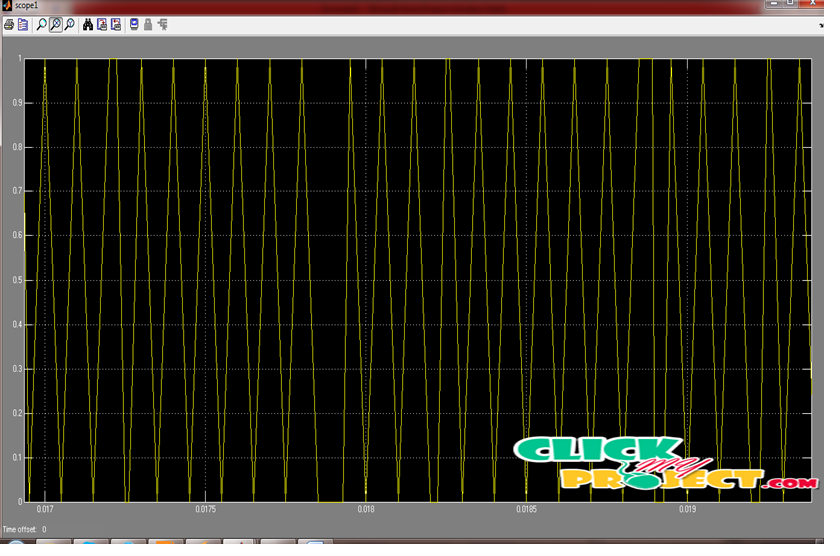Hybrid-bridge transformerless photovoltaic grid-connected inverter
Our Price
₹3,500.00
10000 in stock
Support
Ready to Ship
Description
The applications of distributed photovoltaic (PV) generation systems in both commercial and residential structures have rapidly incremented during recent years. Albeit the price of PV panel has been declined largely, the overall cost of both the investment and generation of PV grid-tied system are still too high, comparing with other renewable energy sources. Therefore, the grid-tied inverters need to be meticulously designed for achieving the purposes of high efficiency, low cost, minuscule size, and low weight, especially in the low-power single-phase systems. From the safety perspective, most the PV grid-tied inverters employ line-frequency transformers to provide galvanic isolation in commercial structures in the past. However, line-frequency transformers are immensely colossal and cumbersomely hefty, making the whole system bulky and hard to install. Compared with line-frequency isolation, inverters with high-frequency isolation transformers have lower cost, more minuscule size and weight. The existing topologies are summarized and classified into two groups to explore the leakage current generation principle. Besides, a hybrid-b ridge single-phase topology is derived for the PV transformerless applications based on the DC–AC decoupled circuit configuration. In this project the system proposed the half-bridge module and neutral point clamping (NPC) module are combined to derive an advanced hybrid-bridge transformerless inverter, which not only suppresses leakage current, but also reduces the required bus voltage compared to the conventional half-bridge or NPC inverters. Moreover, the influence of the small common-mode voltage variation and asymmetrical output filters are discussed and practical solutions are given out to further eliminate the leakage current.
Tags: 2015, Cloud Computing Project, Matlab




